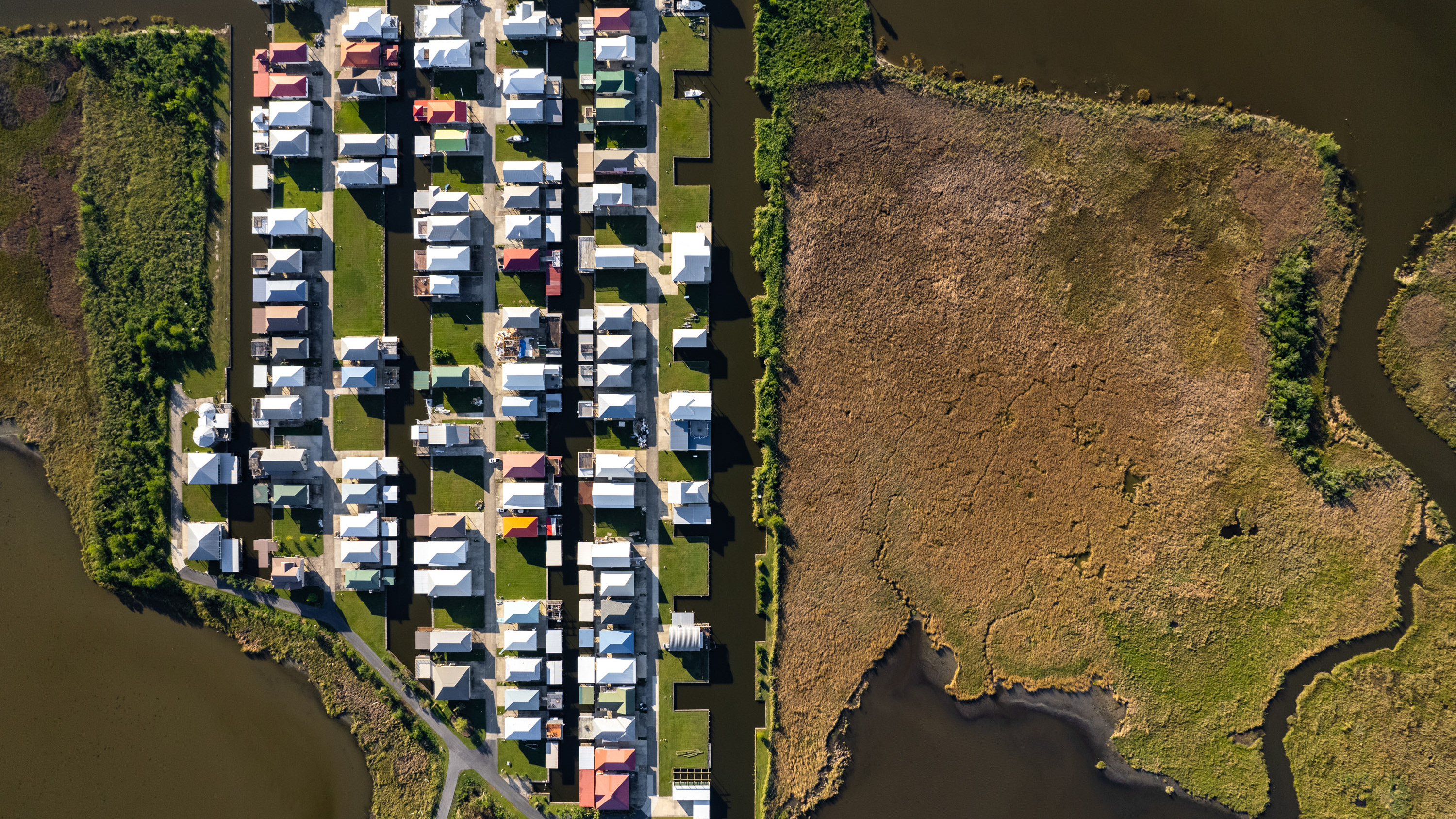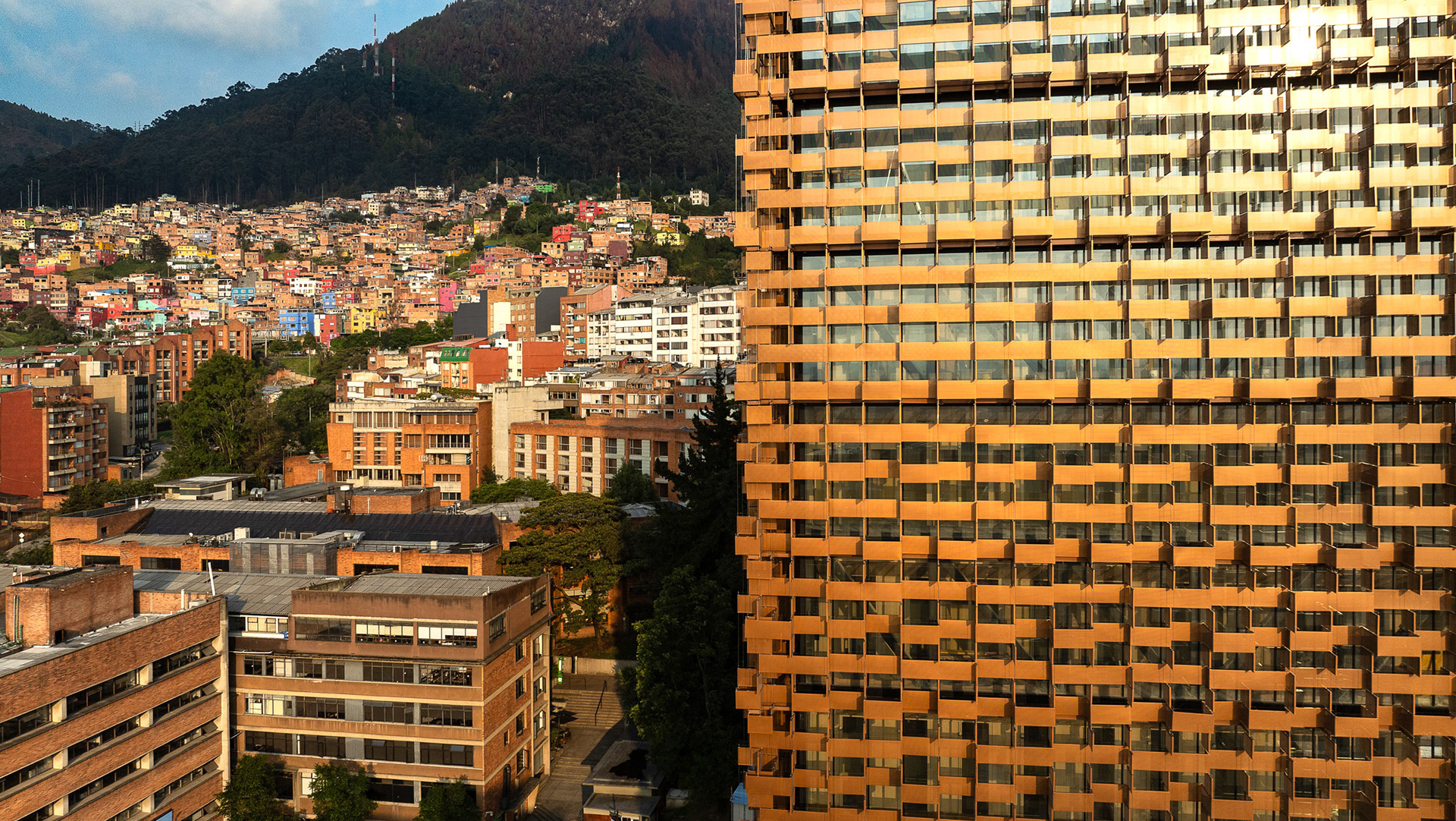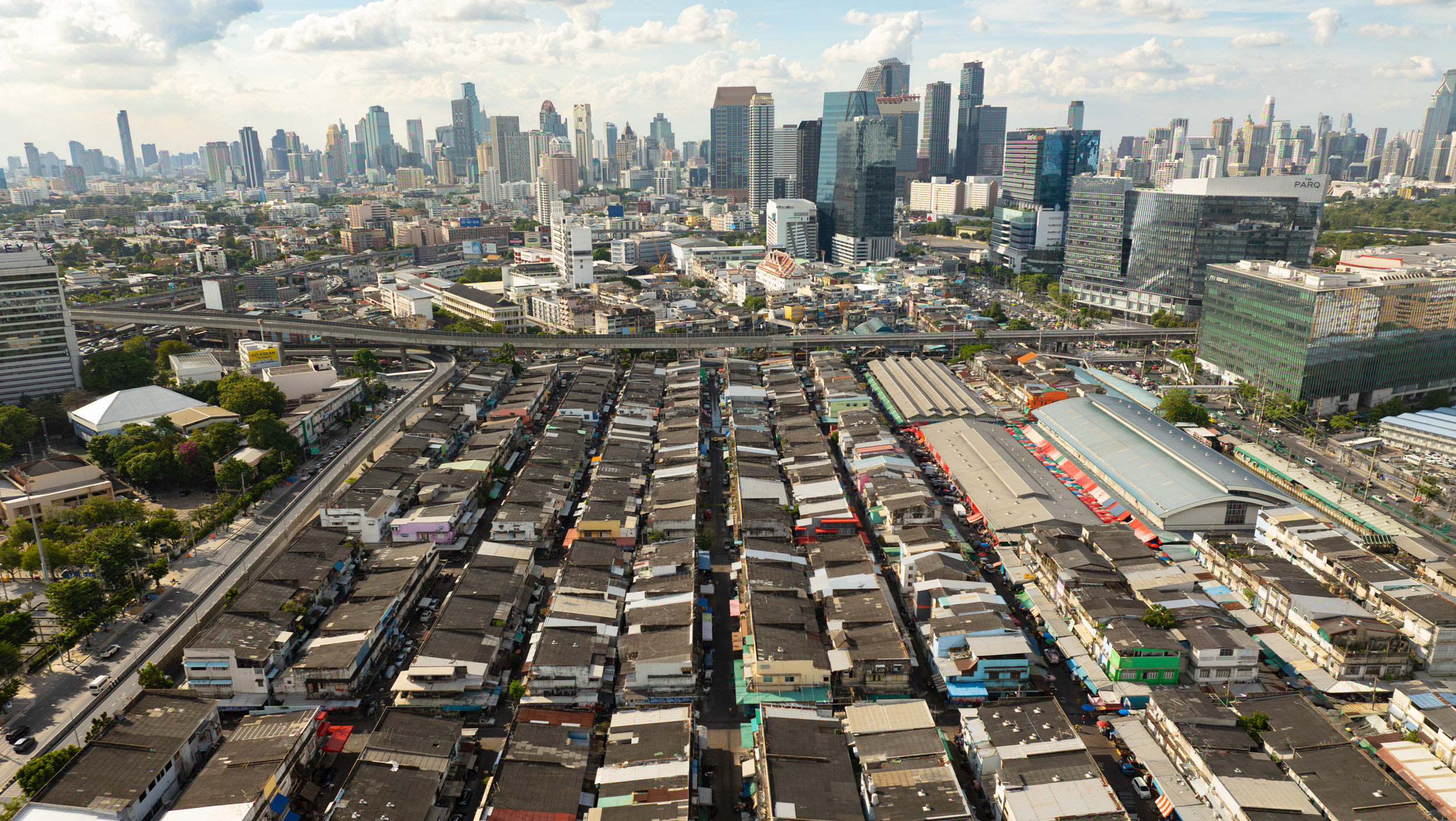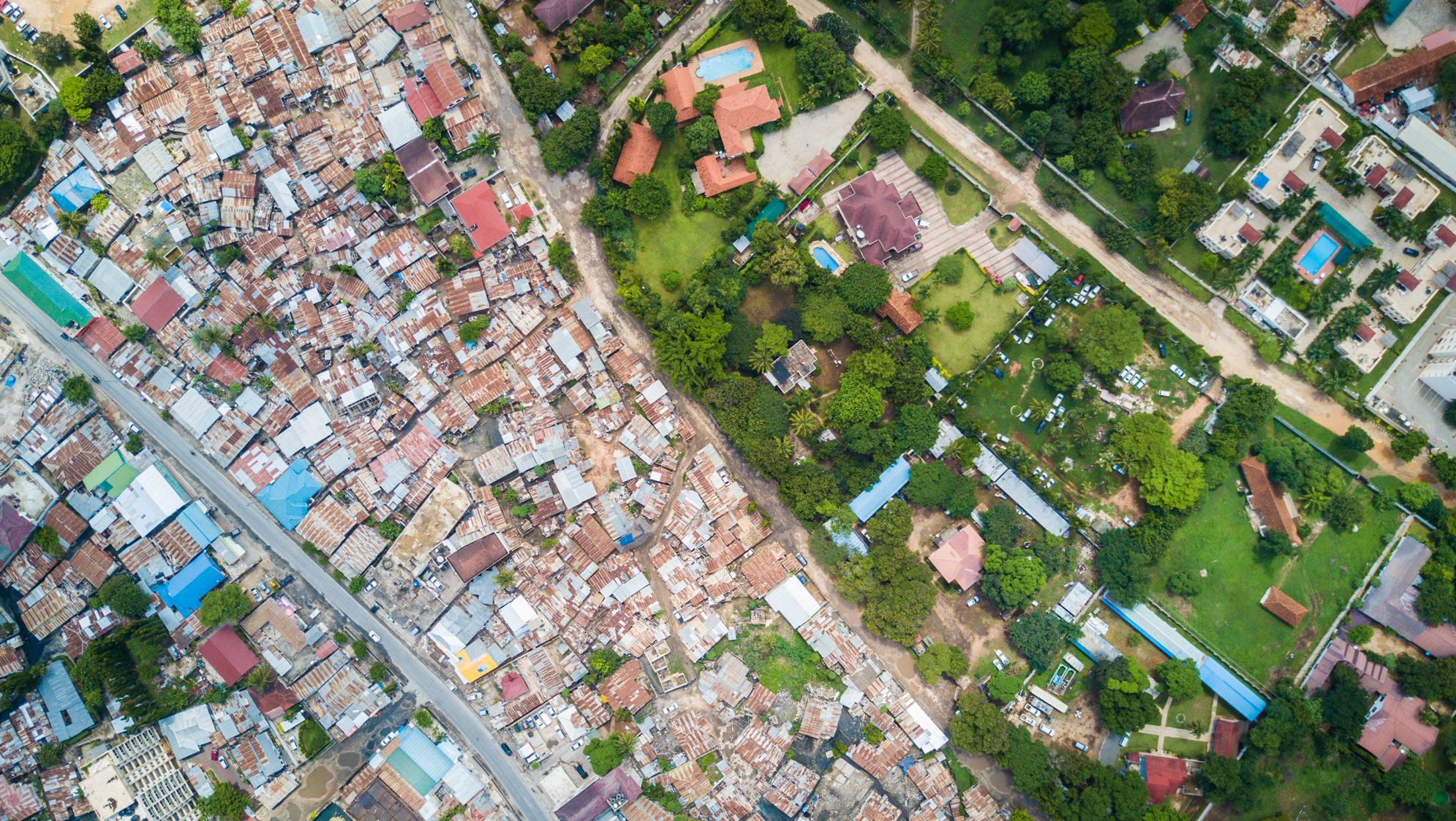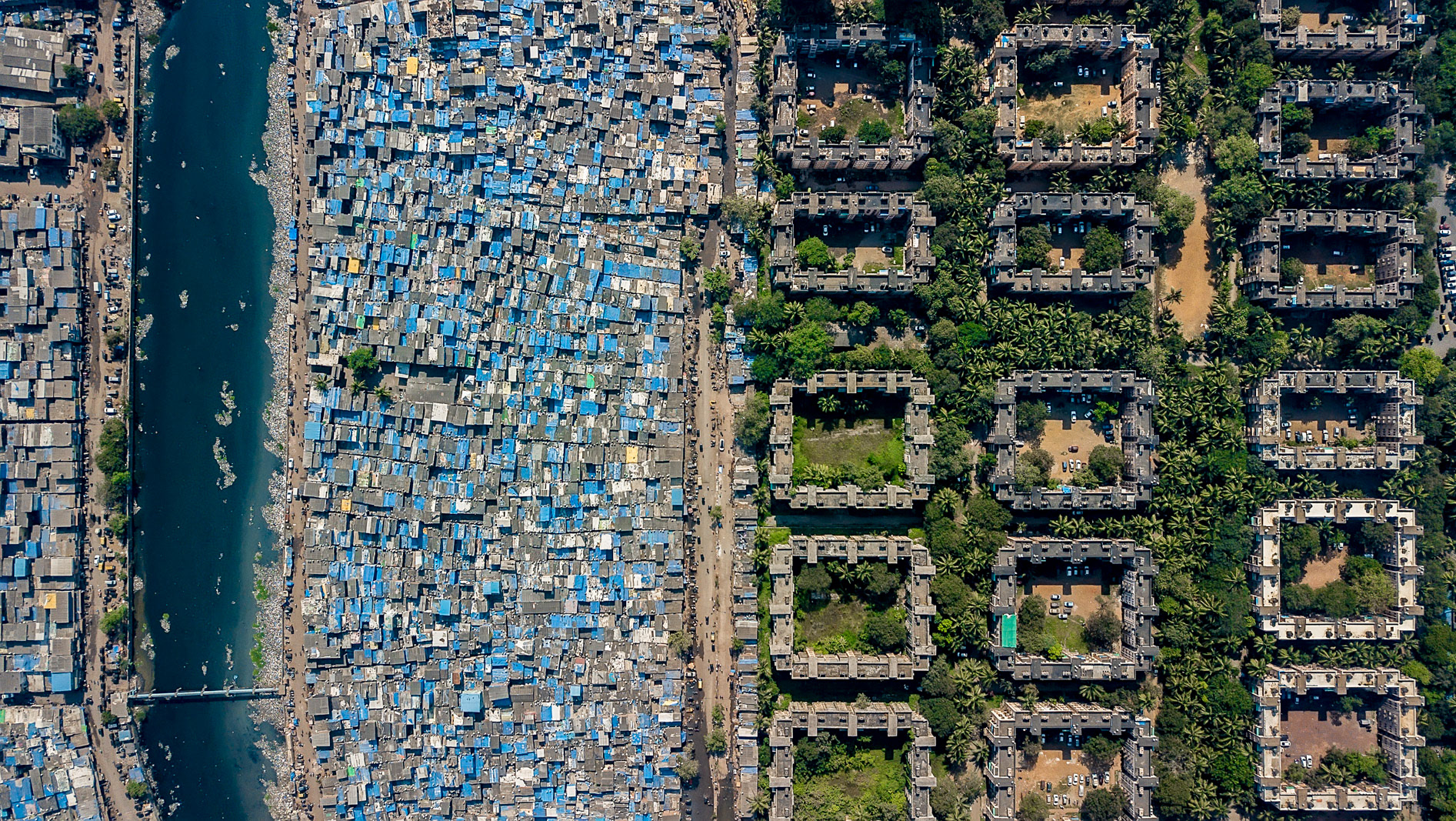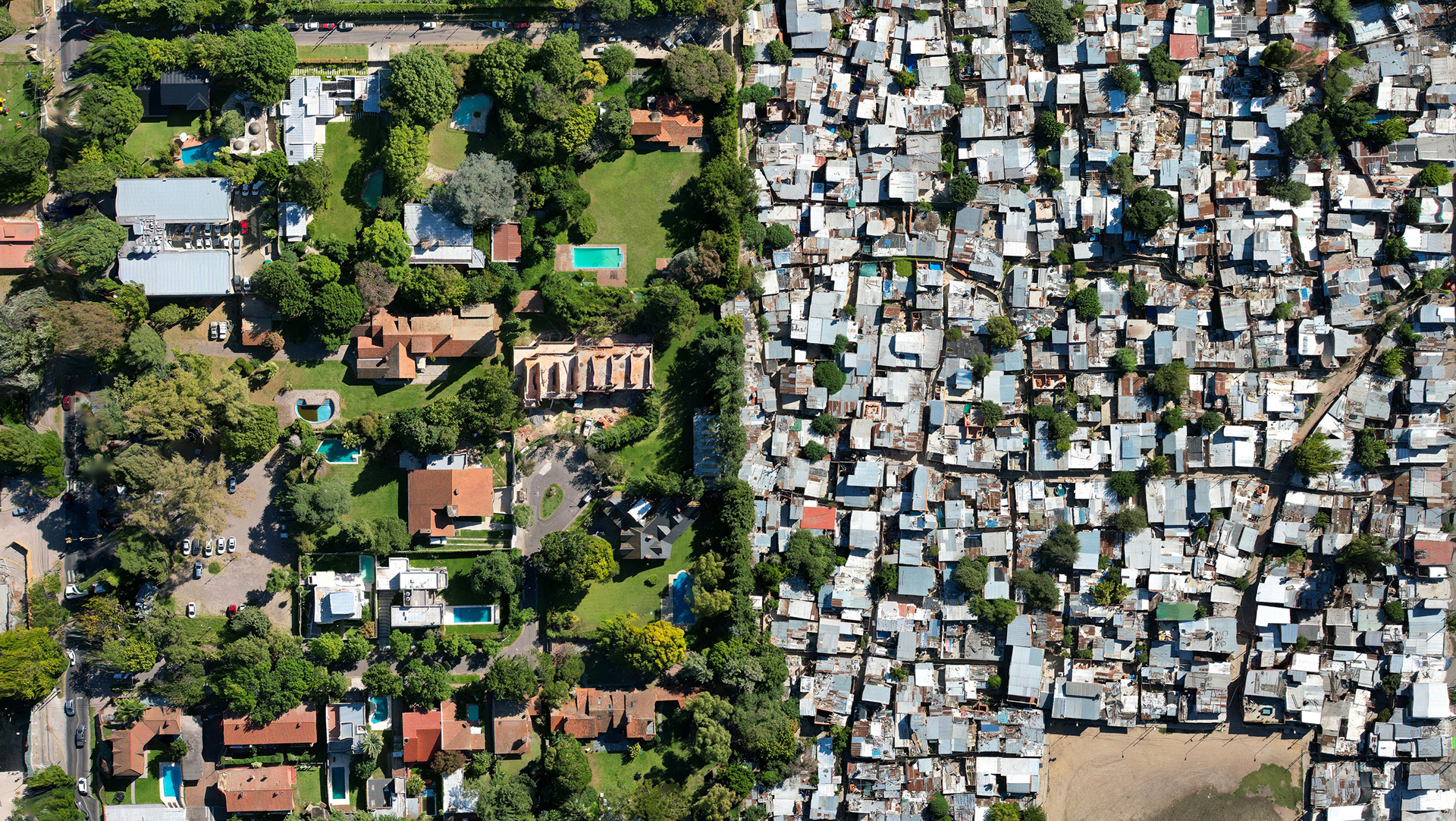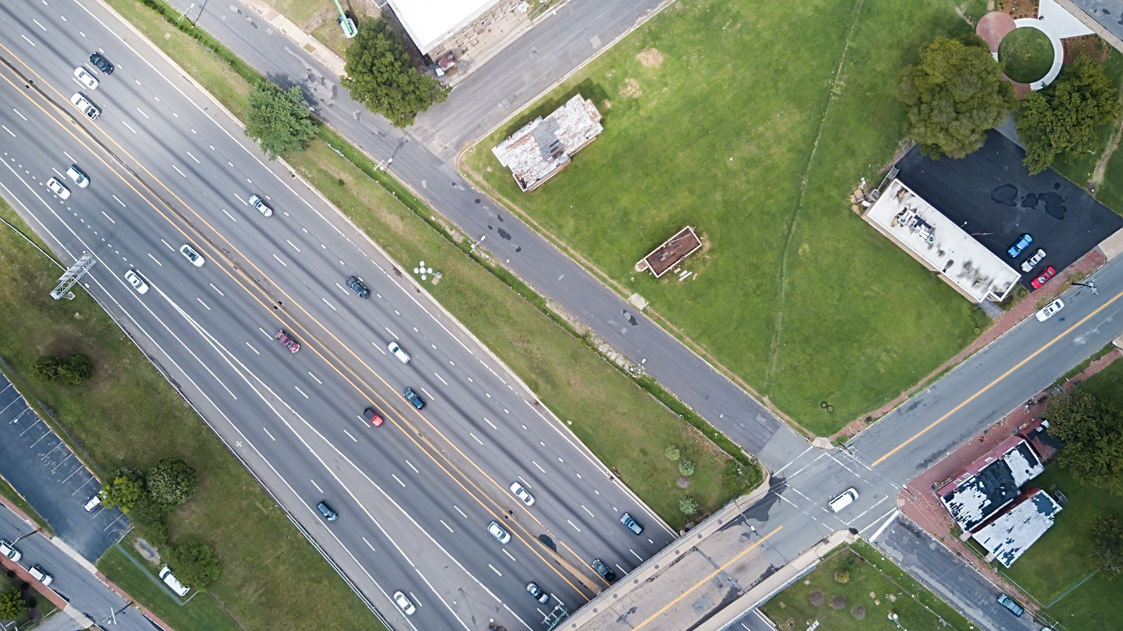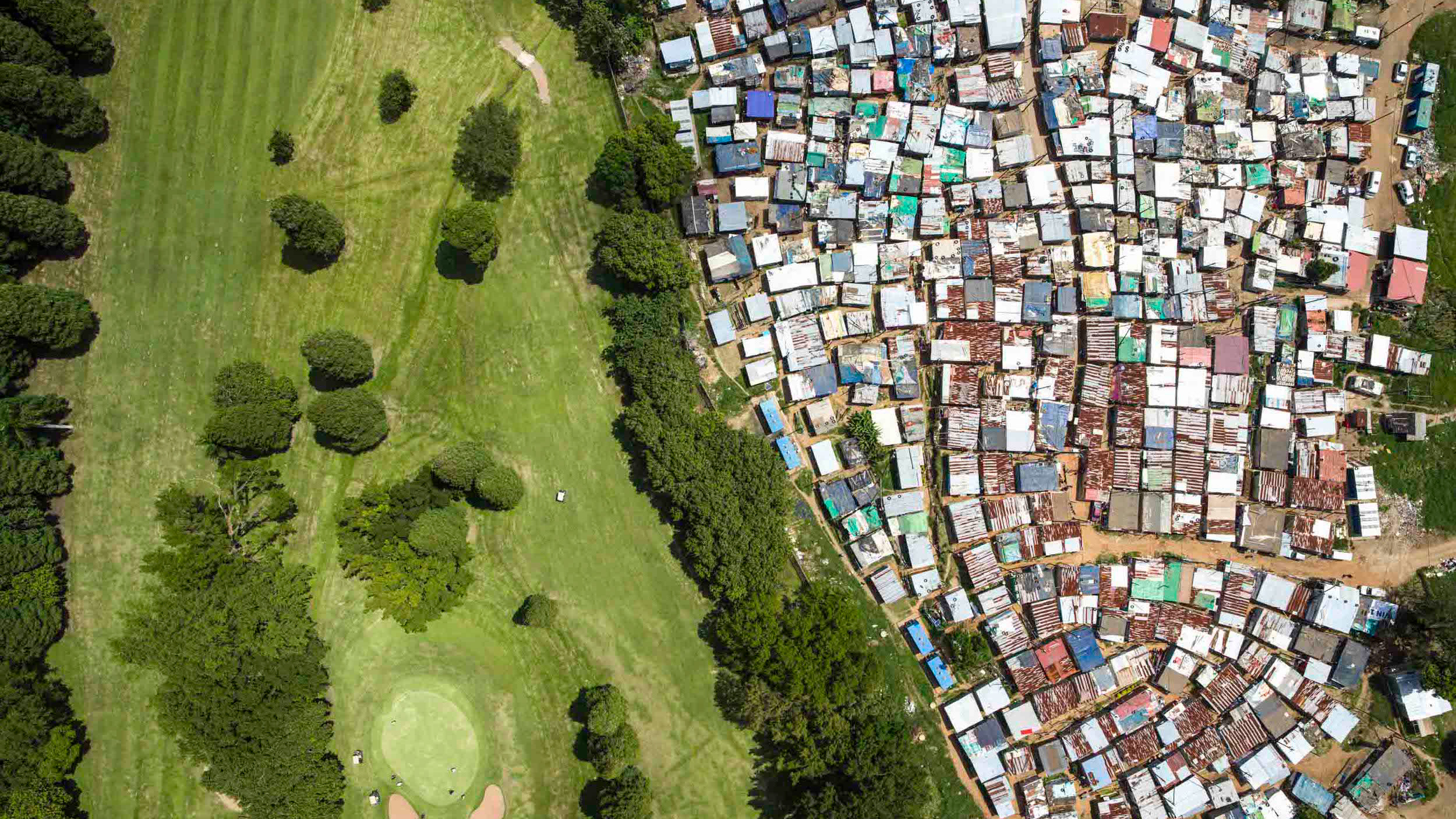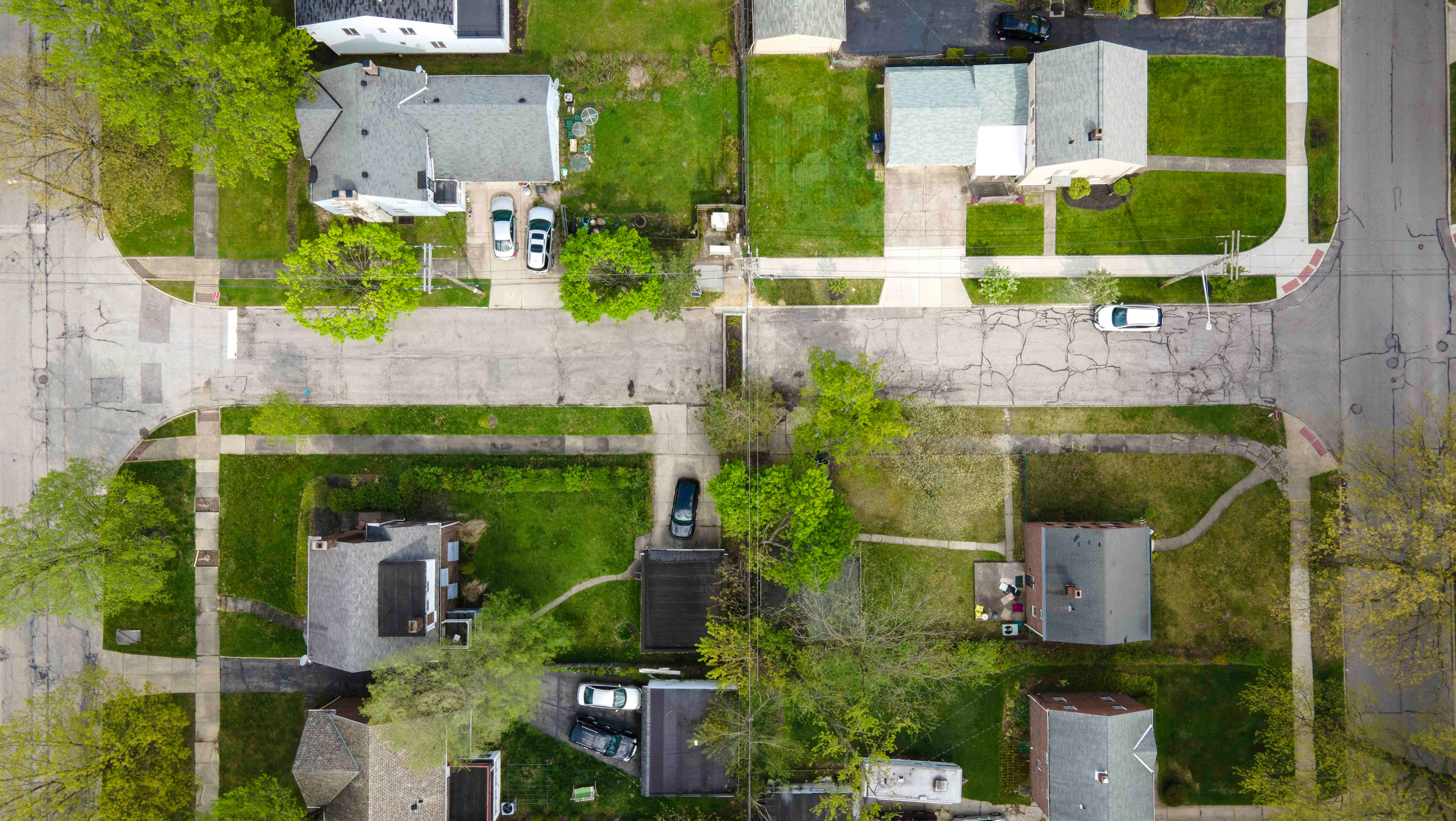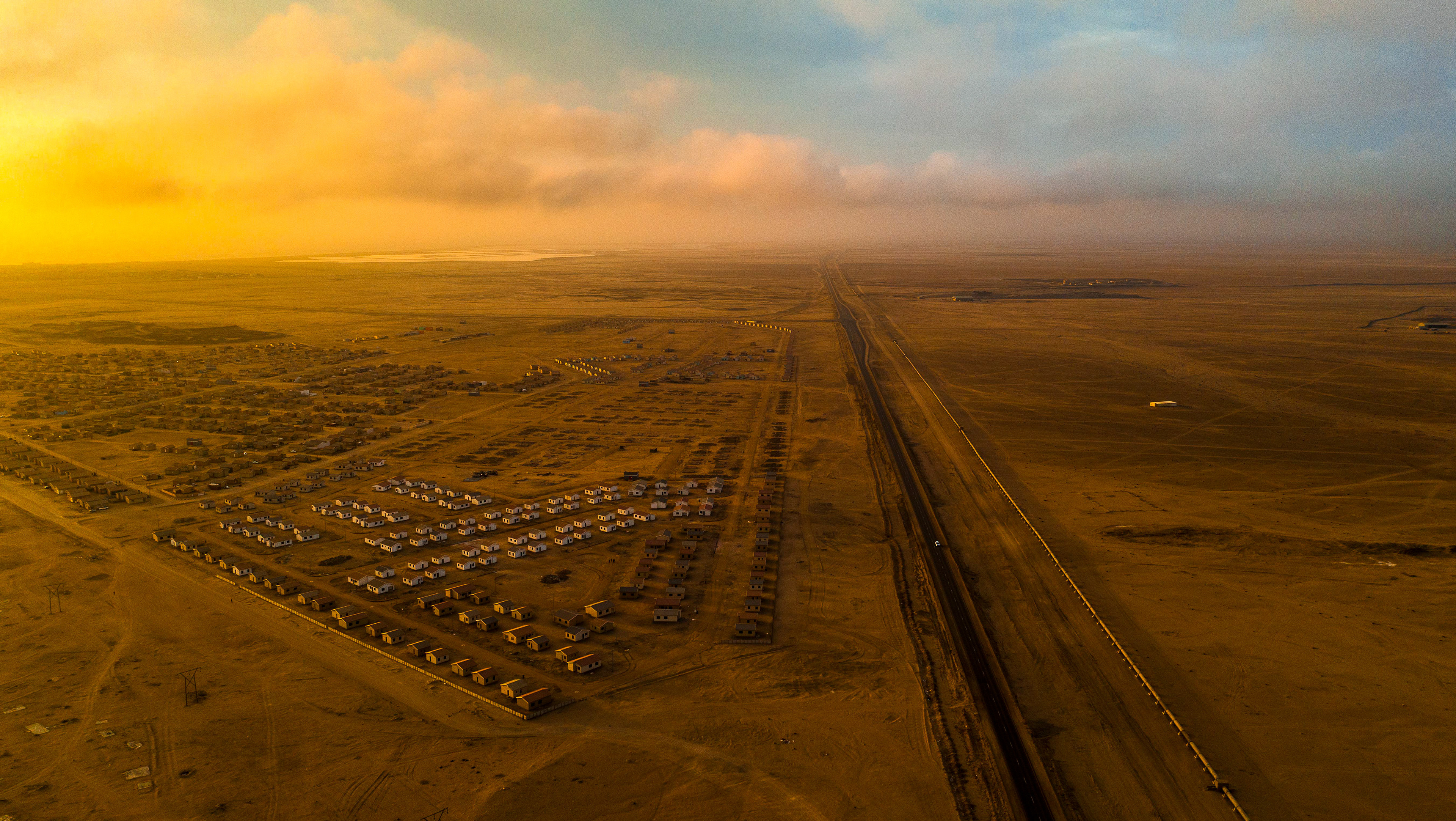The Port of Manila, with the informal community of Isla Puting Bato built on stilts in the water next to it.
BGC and Makati exist side by side but impossibly divided. BGC is one of Manila's most exclusive, and wealthy, neighborhoods.
A low income neighborhood sandwiched in between two of Manila's most famous areas - Bonifacio Global City, or BGC, and the Manila American Cemetery and Memorial.
Warehouses built specifically to accommodate the adjacent neighborhood, on the border between Metro Manila and Central Luzon.
The Port of Manila is one of the world's busiest, but that hasn't stopped hundreds of thousands from living in informal conditions adjacent to, within, and on top of Port-controlled land.
The towers of BGC gleam in the distance, an impossible dream for the residents in the low income neighborhoods next door.
Heavy truck traffic is constant, with the port entrance accessible via the the road which bisects the adjacent neighborhoods.
The first pieces of the infrastructure needed to connect the new Skyway 4 express highway with Arca South are being laid.
The gleaming towers of BGC next to South Cembo.
An informal ferry transports residents across the Pasig River to the gleaming towers of Makati.
Dense tangles of electrical wire (called "spaghetti") are a ubiquitous feature of the landscape in informal Manila.
The Pasig River divides Malanday from Loyola Heights, in eastern Manila.
Gleaming towers and humble homes line the Pasig river near Guadalupe.
A dense jumble of informality at the Port of Manila.
Informality and industrialism coexist within one unique, symbiotic organism, called the Port of Manila.
The Manggahan Floodway, choked with water lilies.
On September 26, 2009, at about 6:00 pm PST, the 50-mph "Tropical Storm Ketsana" (called "Ondoy" in the Philippines) hit Metro Manila and dumped one month's rainfall in less than 24 hours, causing the Marikina River system, including the Manggahan Floodway, to burst its banks very rapidly. It is thought that blocked pipes and a poorly maintained sewer system, along with uncollected domestic waste, were major contributory factors in the speed with which the flood waters were able to engulf the surrounding area. The illegal settlers especially were blamed for flooding since their houses reduce the effective width and blocked the flow of the floodway.
The road to the port traversed by heavy trucks and endless spaghetti wires.
Extreme crowding near Manila's port.
Social housing near Manila's port looks almost dystopian, especially juxtaposed with the dense crowding and colorful nature of the surrounding informal area.
Heavy trucks snake through the neighborhood near Manila's port, belching exhaust and creating noisy traffic jams within meters of tens of thousands of people.
The Church of Christ in Manila's port district. The Philippines is an overwhelmingly Catholic country, with some 78% of the 108 million people in the country identifying as such.
Division in Mandaluyong, Manila.
Housing upgrades involve tearing down dark concrete blocks of overcrowded flats and replacing them with more modern housing near the port.
Mandaluyong, looking toward Makati.
Pembo, with the wealthy neighborhood of BGC behind it.
Dense neighborhoods in Pembo, Manila.
Floating homes next to the container terminal.
Seaweed fishermen make their living on the island of Mindanao, in the far south of the Philippines.
The Pasig River, artery of Manila, is heavily developed, much of which is low income or informal homes built alongside the river banks.

